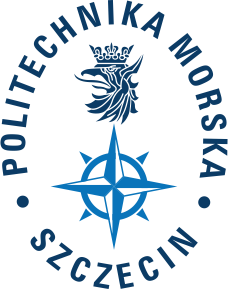Przejdź do treści
Ustawienia dostępności
Rozmiar czcionki
Wysoki kontrast
Animacje
Kolory
Tryb ciemny włączony na podstawie ustawień systemowych.
Przejdź do , żeby zmienić ustawienia.


 Wydział Nawigacyjny Politechniki Morskiej w Szczecinie
Wydział Nawigacyjny Politechniki Morskiej w Szczecinie
Unia Europejska


